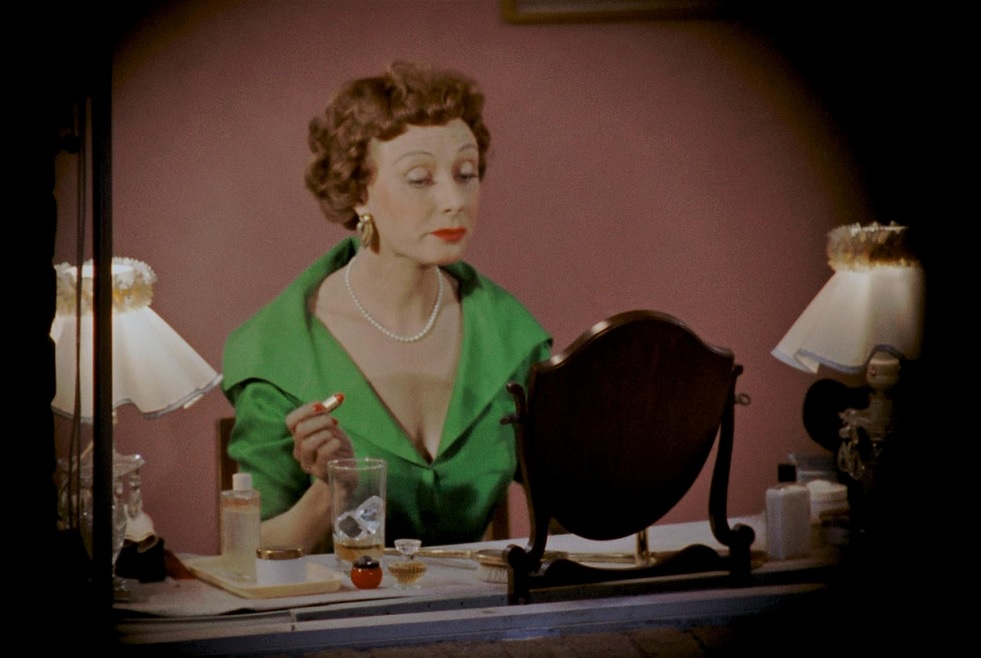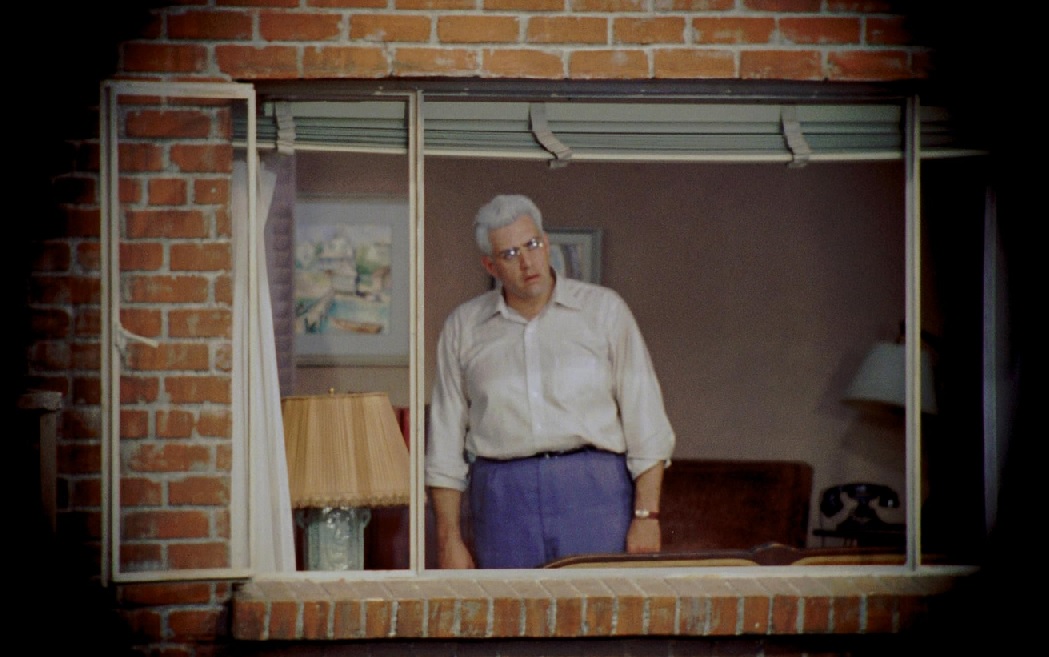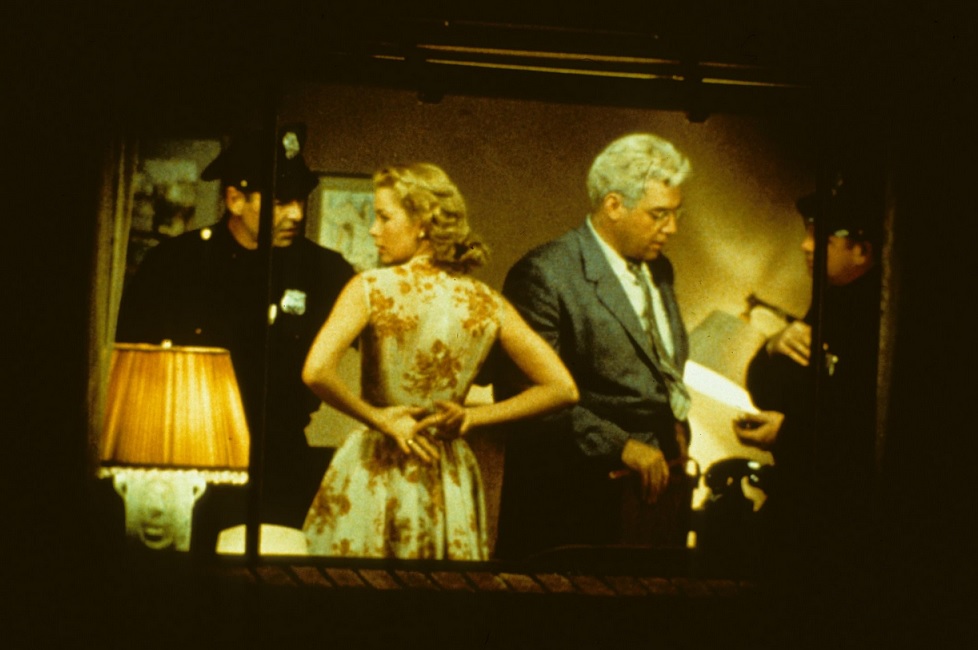
Rear Window is one of Alfred Hitchcock’s masterpieces. It’s a story about how easily boredom can lead to people watching. But what starts as a form of entertainment takes a deadly serious turn when the lead character becomes convinced that a murder has been committed across the courtyard from his apartment. Based on the story “It Had to be Murder” by Cornell Woolrich, the Hitchcock classic starring James Stewart and Grace Kelly is celebrating its 70th anniversary.
The movie is set in a Greenwich Village apartment where professional photographer L.B. “Jeff” Jefferies (Stewart) is recovering from a broken leg. Confined to his apartment, Jeff starts to entertain himself by staring out the rear window of his apartment into the courtyard and other apartment buildings. He watches jewelry salesman Lars Thorwald (Raymond Burr) and his wife Emma (Irene Winston), a beautiful young dancer he nicknames Miss Torso (Georgine Darcy), a songwriter (Ross Bagdasarian), a single woman he calls Miss Lonelyhearts (Judith Evelyn), a dog-owning couple who sleep on their fire escape (Sara Berner and Frank Cady), and a pair of newlyweds (Rand Harper and Havis Davenport).
His only contact in his own apartment is with his girlfriend Lisa Fremont (Kelly), who wants nothing more than for her distracted boyfriend to strengthen their commitment, and his nurse Stella (Thelma Ritter), who has zero time for his shenanigans.
One night while dozing by the window in his wheelchair, Jeff hears a woman scream. In the middle of the same night, he watches Lars Thorwald make repeated trips from his apartment carrying his briefcase. Later, he sees Thorwald cleaning a large knife and handsaw, then moving men take a large trunk from his apartment. Since Emma Thorwald hasn’t been seen for days, Jeff becomes obsessed with Thorwald’s activities and is convinced that he killed his wife.
Jeff enlists the help of detective Tom Doyle (Wendell Corey) who thinks Jeff is overacting. When Lisa and Stella also witness Thorwald’s increasingly suspicious behavior, they become equally focused on proving his guilt. What the amateur sleuths don’t consider is how their snooping could put them in danger if Thorwald really did kill his wife and will do anything to keep his crime hidden.
Hitchcock was aptly nicknamed the master of suspense, which he displayed in Rear Window by slowly building the tension until it reached a peak in the climactic scenes. His penchant for using paranoia was more subdued, though still present, as each piece of evidence or activity pointed to Thorwald’s guilt, but conversely, could be rationalized as odd but benign.
Voyeurism was the main theme in Rear Window. Through Hitchcock’s filmmaking style and the script by John Michael Hayes, the movie deconstructs why we enjoy watching other people, and the way we can become obsessed with the lives of others. At first, Jeff’s focus on watching his neighbors frustrates his girlfriend because he’s using the new hobby to avoid making a decision about their commitment to each other. Stella chastises Jeff for watching his neighbors by pointing out that people should stop looking out the window at their neighbors and instead examine their own lives. Jeff’s amusement at watching funny things happen to his neighbors gets uncomfortable when he also witnesses their intimate moments.
The voyeurism theme becomes even more complex when considering the movie audience. The very act of watching a movie is its own form of voyeurism, adding a meta layer to the film as audiences become just as engaged in the neighborhood as Jeff.
The courtyard and apartment buildings were integral to the movie, essentially becoming another living, breathing character. To achieve the realism needed, a Greenwich Village courtyard was replicated in a giant indoor set. It took set designers Hal Pereira and Joseph MacMillan Johnson just six weeks to build the complex and highly detailed set. They built facsimiles of multi-level apartment buildings, giving them unique architectural features and designs, and making the interiors of the apartments appear lived-in. They developed a complex lighting system that could create natural looking daytime and nighttime scenes, and built a drainage system to accommodate the rain sequence.
Rear Window was released nationwide on September 1, 1954, instantly earning praise from critics and gaining plenty of attention from movie fans. The movie earned Academy Award nominations for Best Director, Best Adapted Screenplay, Best Cinematography to Robert Burks, and Best Sound to Loren L. Ryder. It was selected for preservation in the US National Film Registry by the Library of Congress in 1997 and it’s ranked as No. 42 on the American Film Institute’s 100 Years…100 Movies list.
To this day, Rear Window is influencing pop culture. Director Brian De Palma used elements of the movie for his films like Dressed to Kill and Body Double. Christopher Reeve starred in a TV movie adaptation in ’98, and Shia LaBeouf starred in the teen thriller style adaptation Disturbia in 2007. Several TV shows have paid homage to Rear Window including Pretty Little Liars, 9-1-1, and Castle. Taylor Swift has stated that Rear Window inspired some of the storytelling in her album, Folklore.





















